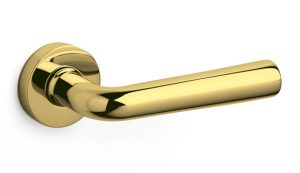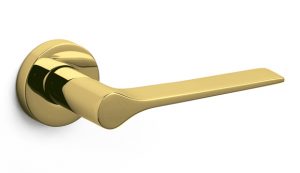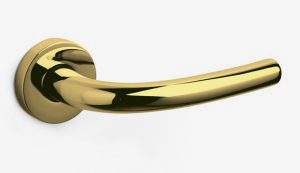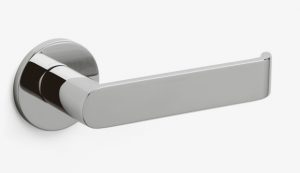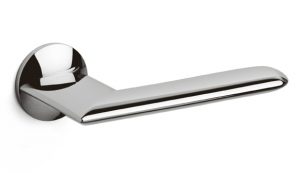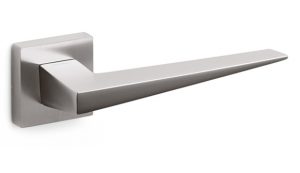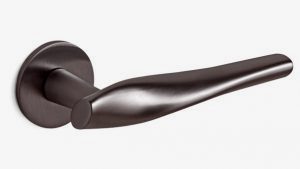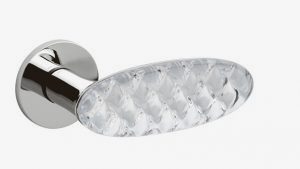Since 1911 Olivari has been manufacturing handles at its own factories in Italy where the entire production process takes place.

Our History
Handles made in Italy since 1911
Starting with brass billets, the handles are forged, milled, polished, buffed, chrome-plated and hallmarked with a laser. Olivari has attained ISO 9001 and ISO 14001 certifications. Though it uses the most advanced technology, Olivari preserves all the artisanal wisdomit has accumulated in 110 years of history.
In its 110 years of history, Olivari has always sought out the maximum in quality, relying on the creativity of the best designers and architects. The Olivari family has handed down its attention to details, the search for innovation, and mainly a passion for its work, from generation to generation.
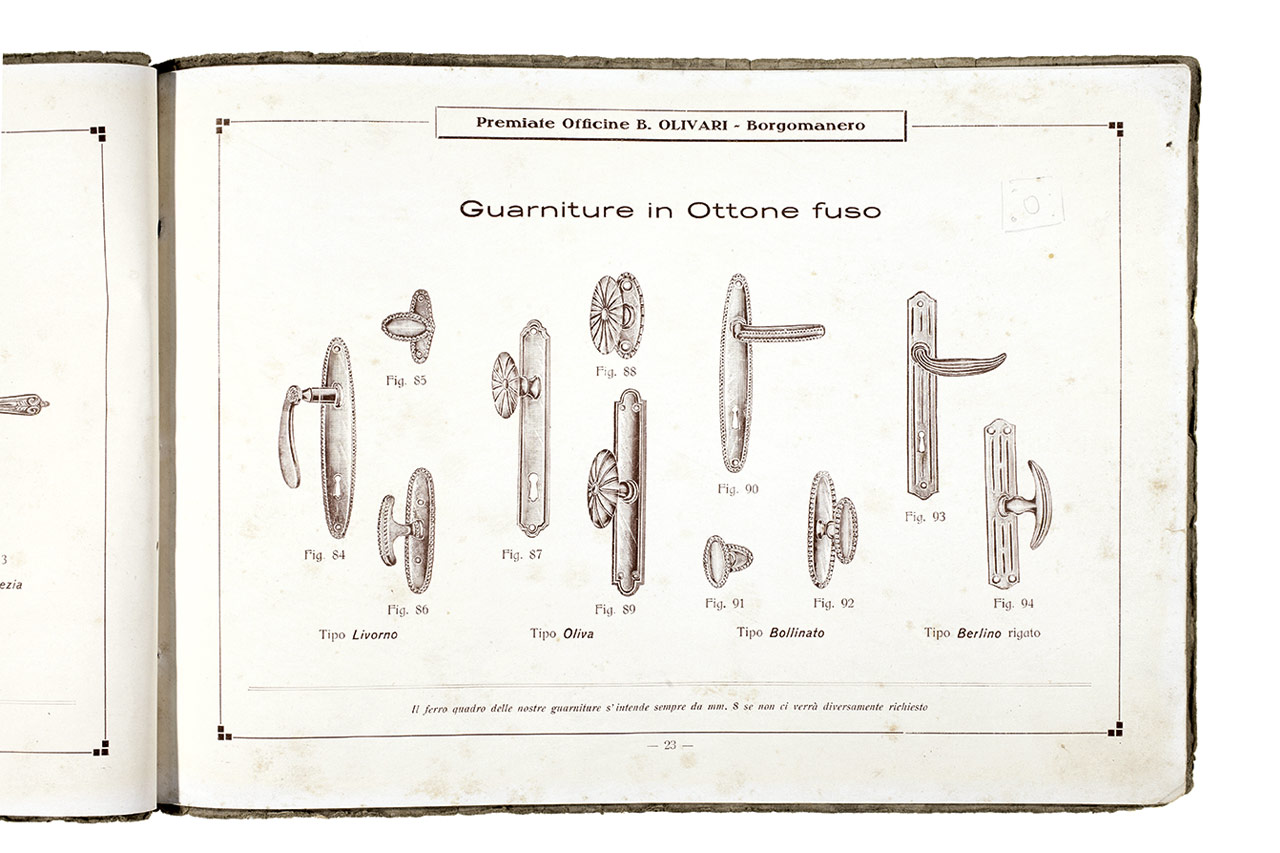
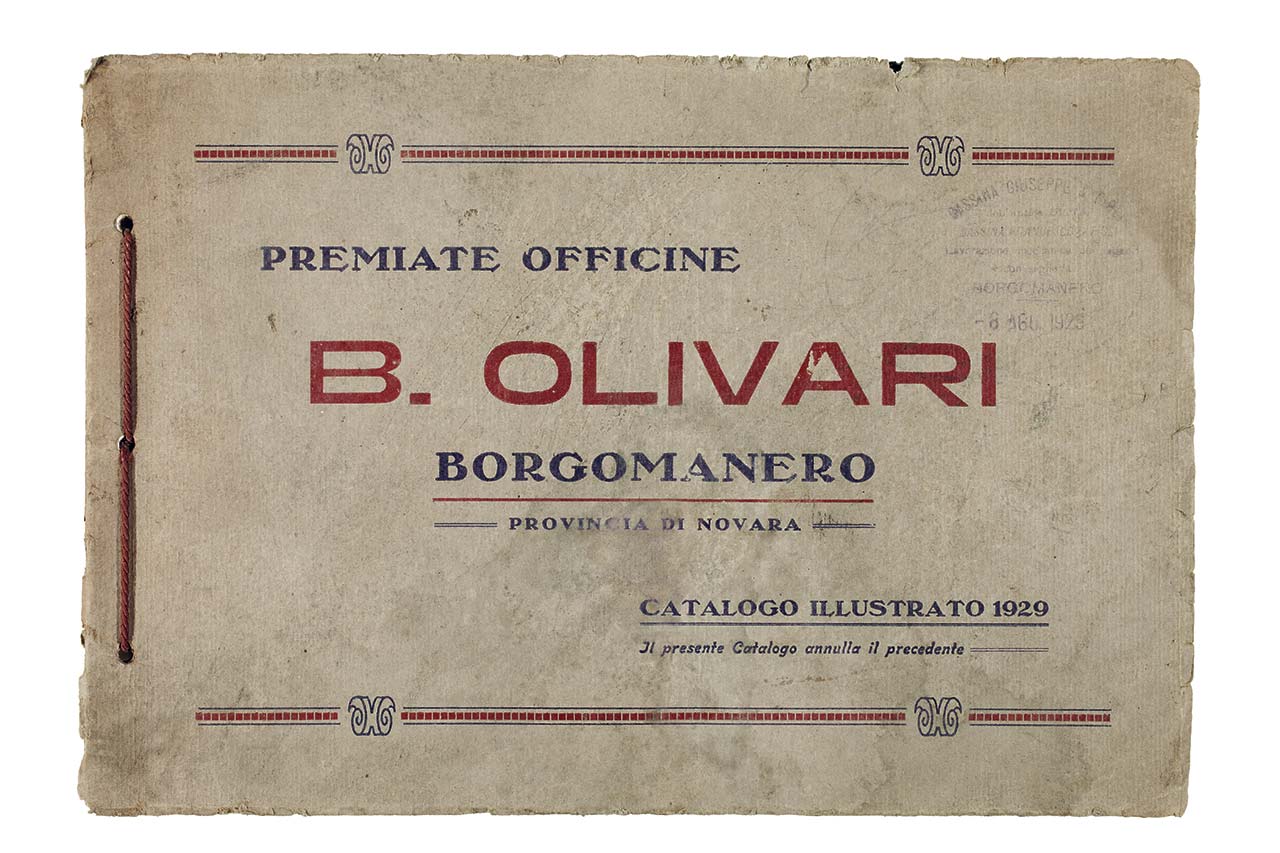
In the beginning

Battista Olivari founds the company in 1911 in Borgomanero, in the province of Novara.
In 1926, Battista is succeeded by his wife Antonietta Ramelli, one of the few women directing a company at the time. In the 1930s, the first collaboration with architects begins with Marcello Piacentini and Gio Ponti, two of the important Italian architects of the era.

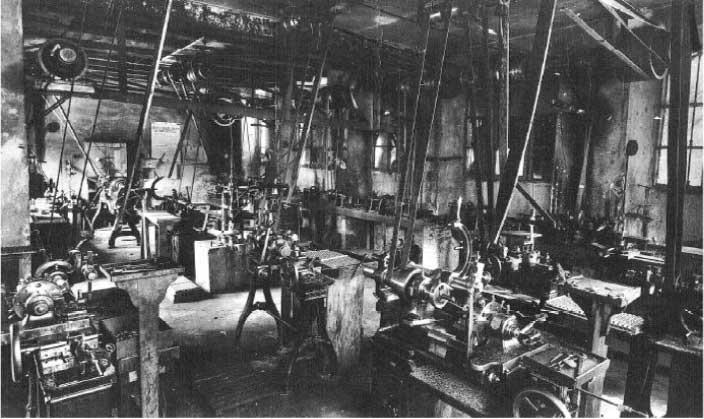
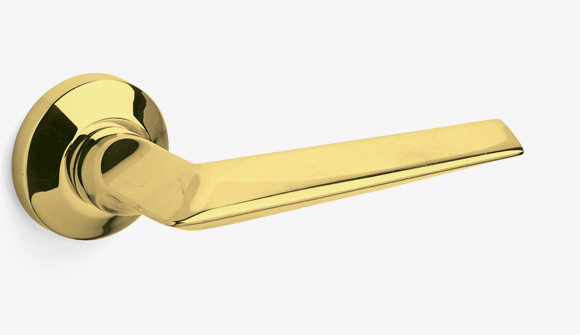

After war
After World War II the company, passed to the hands of the brothers Ernesto, Ambrogio, and Luigi, helps post bellum reconstruction.
Olivari works side by side not only with Gio Ponti, who designs a classic handle like Lama, but with architects of the stature of Franco Albini, Ignazio Gardella, Angelo Mangiarotti, Caccia Dominioni, and BBPR as well. These designers create superbly handsome custom handles for their buildings. Then the designs stay in the Olivari catalogue; some of them are still being manufactured.
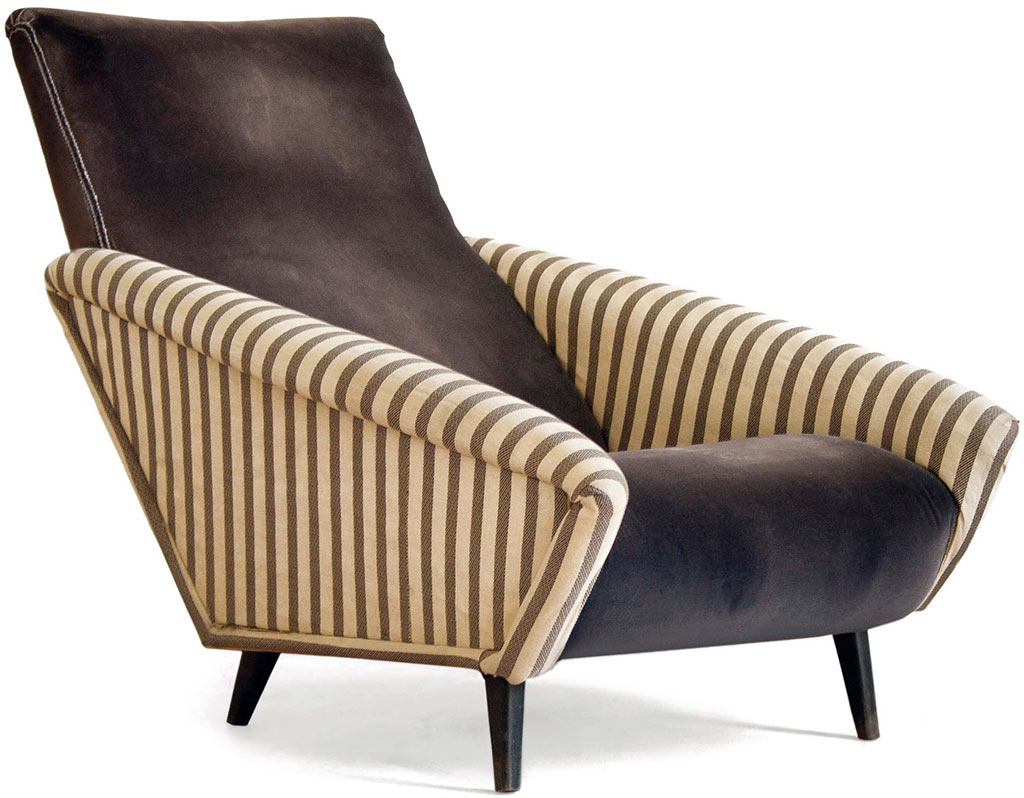
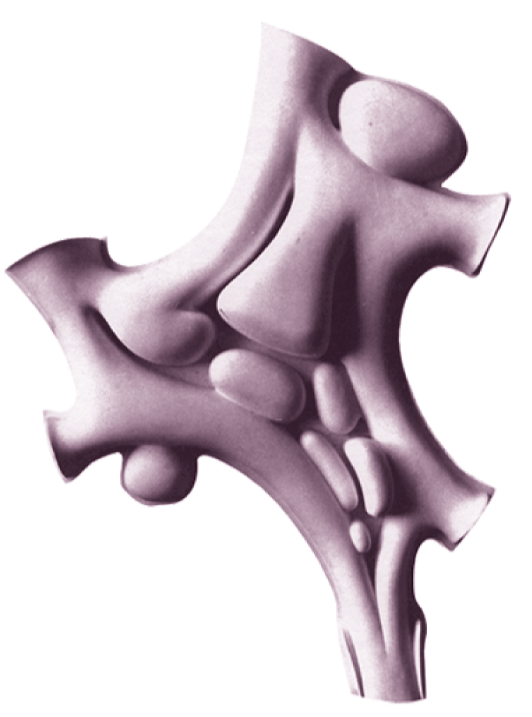

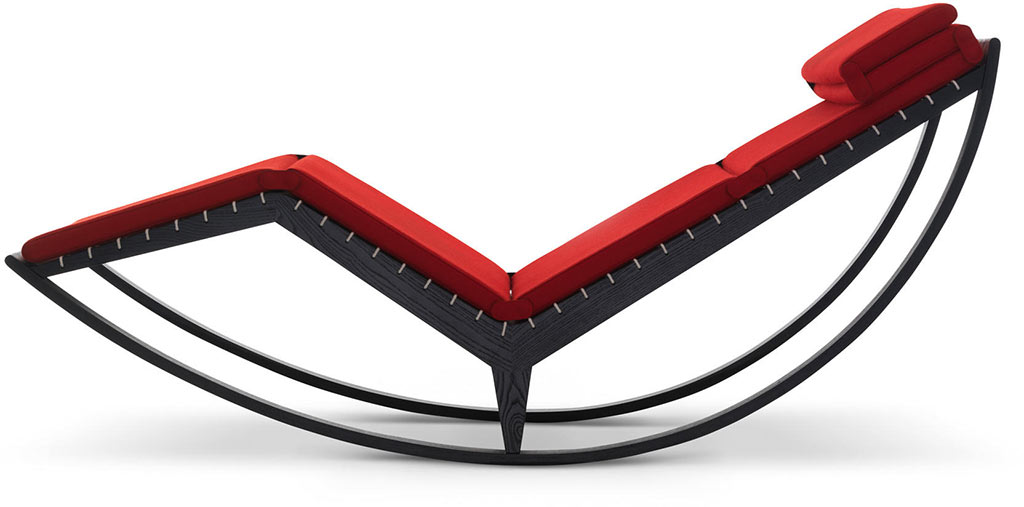
1960s and 1970s
Starting in the 1960s, Olivari is looking for new designs, and decides to call on the leading exponents of Italian design such as Sergio Asti, Marcello Nizzoli and Joe Colombo.
At the same time it never stops following evolutions in technology: in 1959 it markets Bica, the world’s first anodized aluminum handle. In 1970 it introduces Boma, the first colored plastic handle. They both quickly become widely copied best-sellers.
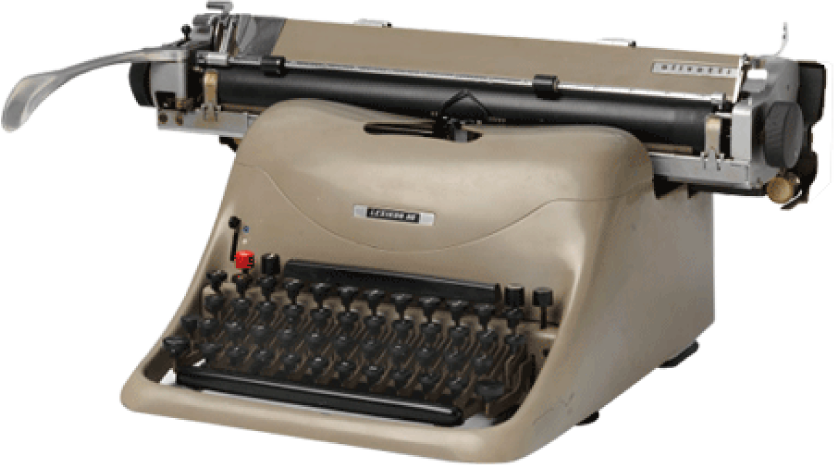
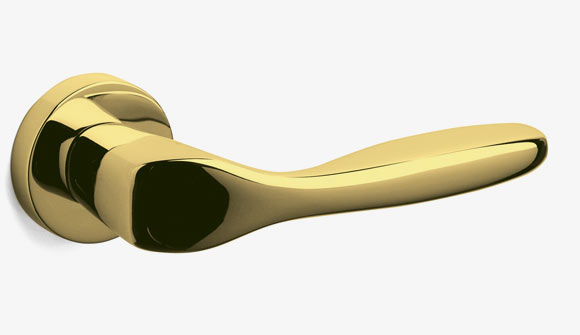
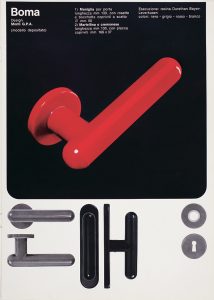
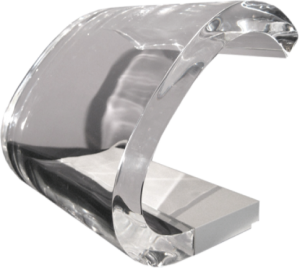
1980s
In the 1980s, the third generation of the Olivari family progressively came to the fore. The brothers Antonio, Giovanni, Giuseppe, Carlo and Enrico were the company’s new blood, and they forged ahead with design-related and technological evolution.
New designers are summoned: Giorgetto Giugiaro, Ferdinand A. Porsche, Rodolfo Bonetto, and Giotto Stoppino, who wins the Italian Golden Compass design award with his handle Alessia.
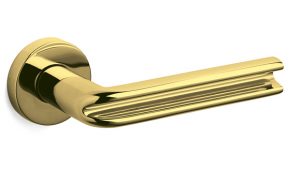
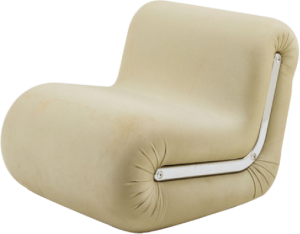


1990s

The following decade is marked by profitable collaboration with Alessandro Mendini, the company’s art director who rethinks the corporate image.
Alessandro Mendini encouraged the brothers to tell their manufacturing story in the book L’architettura presa per mano. La maniglia moderna e la produzione Olivari. New prestigious contacts arrived with Vico Magistretti, Andrea Branzi, Richard Sapper, Paolo Portoghesi, Oscar Tusquets and Massimo Iosa Ghini, with whom the company established enduring bonds of friendship and design exchange.
At the same time, the technique of hot forging was introduced, and in a few years’ time it substituted die-casting entirely.

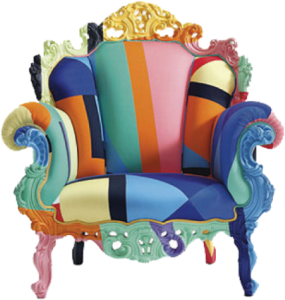
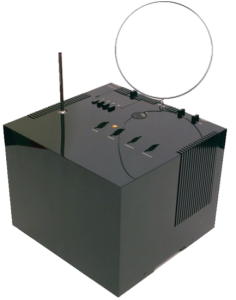

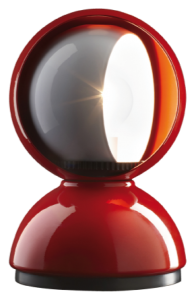
The Oughts
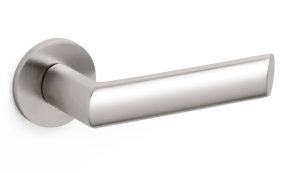
The 2000s offered the opportunity for another expansion of the production capabilities. Research on innovative, more sustainable finishes resulted in Biocromo and SuperFinish, with very elevated performance factors and respect for the environment.
Olivari proceeded to follow its vocation for dialogue with the world of design and architecture. Exchange with the most famous designers on the Milan scene – Enzo Mari, Rodolfo Dordoni, Piero Lissoni, James Irvine and Patricia Urquiola – was flanked by collaboration with the great maestri of contemporary architecture – Shigeru Ban, Steven Holl, Toyo Ito, Daniel Libeskind, Peter Marino and Dominique Perrault. Olivari’s internal technical department presented the results of a study based on the geometric figure of the square. These handles were launched to great commercial success and acclaimed for their novelty.
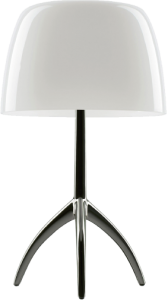
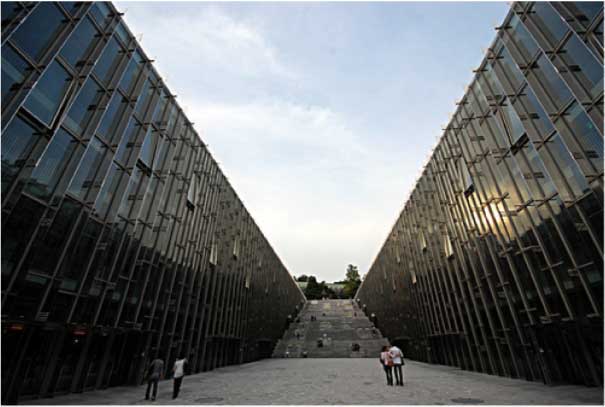
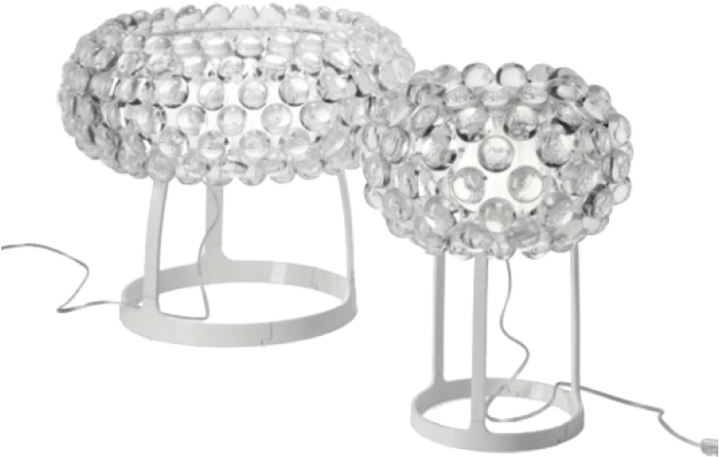

Olivari today
The 2010s were opened with the celebration of Olivari’s first 100 years of business. The book Macchina semplice. Dall’architettura al design. 100 anni di maniglie Olivari was presented in Venice at the headquarters of the Architecture Biennale, which holds symbolic meaning for the company. Contemporaneously, construction began on the company’s new office wing, and the 100th anniversary was marked by high-impact displays at the Milan Furniture Fair and the Triennale di Milano.
New collaborations with international architects and designers were started. Handles by Zaha Hadid, Jean Nouvel, Ben van Berkel, Rem Koolhaas, Marcel Wanders, Ma Yangsong and Ron Gilad were added to the Olivari range.
Over the course of the last two years, Olivari has started two new lines of research. On the cultural and historical side, there is the collection Guilloché, featuring special surface decorations that embellish the handles. On the technological side, there is the series of new Super finishes, which offers designers and discerning customers ulterior expressive possibilities.



